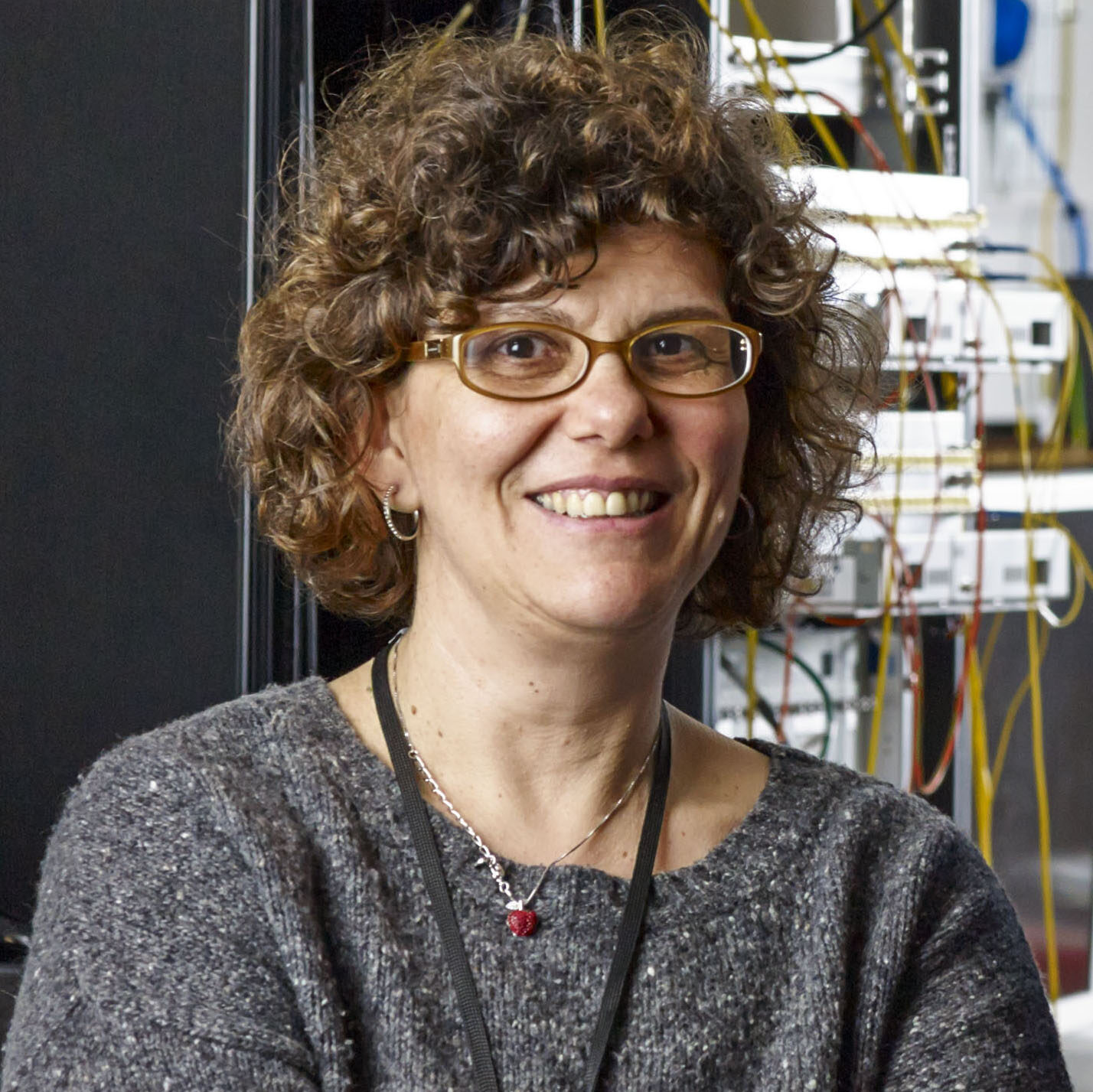Artificial Intelligence
Future Telecoms
Net zero
Quantum
Smart Internet Lab at 10. Pioneering 5G, shaping 6G, and training tomorrow’s network innovators
Reading time: 7 mins
Vision and reality need to align to attract investment and accelerate innovation, according to a panel of experts from BICS, Bristol Digital Futures Institute, KPMG, and Spirent Communications, talking at this year’s Mobile World Congress in Barcelona.
Managing expectations has never really been industry’s strong point when it comes to telecommunications technologies. At a Mobile World Congress (MWC) event in 2017, for example, there were promises that 5G would deliver remote surgery, driverless cars and ubiquitous virtual reality. The reality is that while 5G has certainly had an impact, a lack of standalone 5G networks has slowed its progress. At this year’s MWC in Barcelona, four industry experts discussed whether this would have an impact on 6G and what could be learned from 5G to ensure smoother transitions to future technologies.
“Instead of talking about speed, let’s talk about availability and reliability rates. […] When we are talking about security, let’s also talk about privacy and trust”
Prof Dimitra Simeonidou, co-director of Bristol Digital Futures Institute and director at Smart Internet Lab in Bristol
“5G is definitely following the classic hype curve for technology,” said Javier Arenzana, partner at KPMG, when asked by moderator Zina Cole, partner at McKinsey, if we are anywhere near where we expected to be with 5G today? “We spoke a lot about the opportunities that will happen, and all the government investment programs that will push. And now we are sort of in this disillusionment phase, where we are expecting those use cases to really come up. We’ve seen some things already happening in the enterprise world, but the consumer is definitely lagging behind.”
Arenzana added that there had been some delay in implementing 5G, not just the technology itself but applications using 5G, such as robotics, mixed reality, and IoT sensors. Much of this is down to the pandemic years and subsequent supply chain issues, and while speeds have hit targets, more needs to be done to accelerate standalone network adoption.
As Mikael Schachne, CRO Enterprise, BICS pointed out, only a third of mobile operators have actually launched 5G, with only around 50 implementing standalone 5G networks in their domestic markets. And 5G roaming is still only available in 100 countries.
“If you talk about advanced 5G or 5G SA [5G SA, or standalone, is a true end-to-end 5G network using 5G radios on the edge and a 5G core] only a handful of operators have 5G SA roaming,” said Schachne.
Dose of 5G reality needed for honest 6G plan
According to Stephen Douglas, head of market strategy at Spirent, the industry has a habit of setting aspirational targets, rather than commercially achievable KPIs. That, he added, has to change, otherwise “we run the absolute risk of doing the same again on 6G, because we are going to set targets built on those 5G aspirations.”
The idea is that the industry should focus on the commercial realities – what are the business models, and what will the technology actually enable? Douglas suggested that perhaps too much emphasis was initially placed on getting latency down to one millisecond and boosting throughput speeds. He questioned whether there was actually a market demand for these capabilities, whereas in fact, there was more interest in the actual reliability of latency.

It raises the age-old innovation dichotomy of balancing research and discovery with business application. For Professor Dimitra Simeonidou, co-director of Bristol Digital Futures Institute and director at Smart Internet Lab in Bristol, 5G is “done and dusted.” She said that more needs to be done on making radios more energy efficient, so looking at the overall sustainability of networks, but she is now more interested in the future of telecoms.
For Simeonidou that means topics around open architectures, for example, “looking at mobile network ecosystems and how we can make them a playground for innovation.” She continued, “There are a lot of inherent technical challenges in making this happen, around convergence and optimisation.”
Simeonidou also said that this approach to solving future telecoms problems is important because it enables new companies to experiment and innovate out of the shadows of the larger, dominant businesses.
KPIs? Where do we start to go forward?
“I stopped caring about KPIs some time ago,” said Simeonidou, when asked for her thoughts about how to measure development and progress. She added that while we can talk about speed and low latency, to really succeed the focus should be on value: to the telecoms industry; other industries; and wider society.
“Instead of talking about speed, let’s talk about availability and reliability rates,” added Simeonidou. “When we are talking about security, let’s also talk about privacy and trust. And actually, let’s focus on how we can deliver sustainability, against energy consumption of our sector but also on the sectors that we are supporting. So the KPI discussion needs to change from actual performance to values.”
It’s the kind of mindset shift that probably needs to be addressed as the industry contemplates future advances. For all its initial promise, 5G has stuttered, but more is to come, and this is where the industry is seeing potential for a more gradual upgrade to future networks rather than any “big bang” upgrade approach.
As Douglas at Spirent pointed out, few operators have actually upgraded to Release 16 of 5G, so Release 17, with its host of enterprise features (including private networks), is still to be fully deployed. Release 18 will be decided this year and Douglas expects two more major releases before 2030, the expected availability date of a 6G technology.
For Arenzana at KPMG these releases should enable a focus on B2B applications, but he agreed with other speakers of the need for ecosystems and collaboration. Schachne added that, “enterprises require turnkey solutions that are complete and tested.”
With increased demands for Edge capabilities, with robotics, digital twins, and so on, this makes a lot of sense. Telecoms need to create commercial ecosystems that can deliver these sorts of solutions at scale to break down barriers to entry. In many ways, 5G is still in its infancy and this is the area where it needs to grow. For Douglas, this is part of a more intelligent evolutionary path to 6G. With so much still to come from 5G releases – and, as Simeonidou suggested, the as-yet untapped power of AI and potentially quantum technologies – 6G should have a solid base on which to build.
“We need proper horizon scoping,” said Simeonidou, who added that we also need to look at the regulation of fast moving technologies. Has the industry done enough to enable a 6G future? It’s only just got started.
A recent report from McKinsey, Shaping the future of 6G, outlined five key areas where operators can focus to prepare their 6G futures. These are:
Main photo courtesy: © 2024 GSMA / MWC

Working as a technology journalist and writer since 1989, Marc has written for a wide range of titles on technology, business, education, politics and sustainability, with work appearing in The Guardian, The Register, New Statesman, Computer Weekly and many more.
Quantum
Reading time: 10 mins
Quantum
Reading time: 10 mins
Quantum
Reading time: 11 mins
Robotics
Reading time: 1 mins
Quantum
Reading time: 3 mins